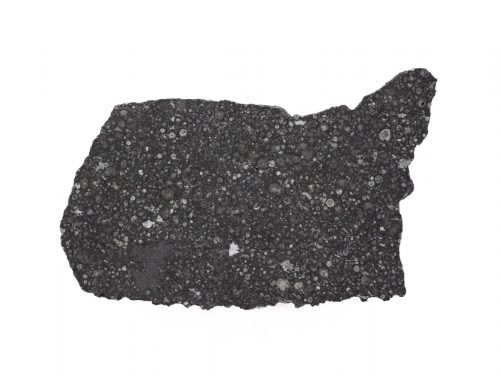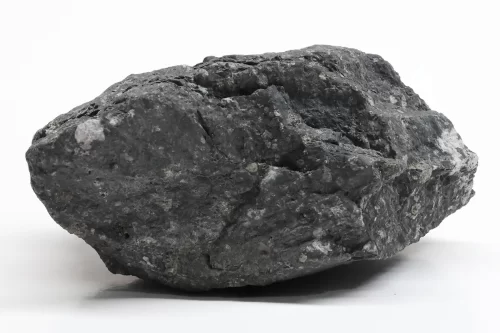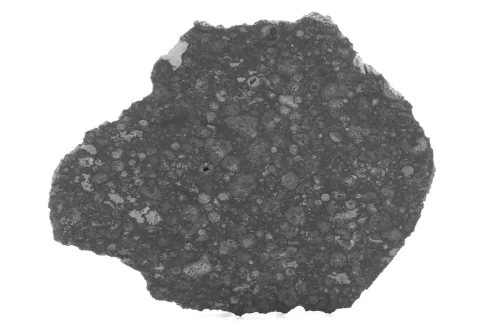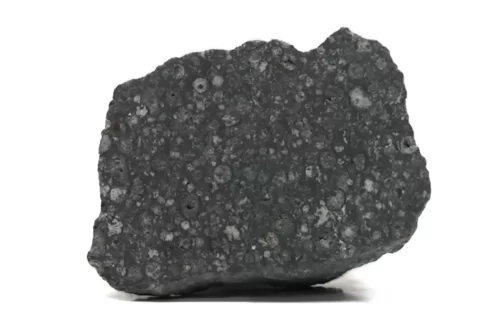Allende
Carbonaceous chondrite, CV3.2
Witnessed fall in Chihuahua, Mexico on February 8, 1969
Allende is a rare witnessed fall CV3 carbonaceous chondrite. Allende’s nighttime fireball spread over 50 square kilometers was witnessed by hundreds of people in rural Mexico on February 8, 1969 and numerous specimens were picked up by locals the next morning.
Often described as “the most studied meteorite in history,” Allende is one of the most fascinating and desirable space rocks available to collectors. It’s availability for study and commerce is due in large part to Dr. Elbert King, a meteorite specialist who designed NASA’s Lunar Receiving Lab during the Apollo era. As soon as he heard the news, Dr. King traveled from Houston to Chihuahua, in the hope of recovering some samples. He had no idea that Allende would turn out to be a particularly rare type and of great interest to science. The enterprising Dr. King studied Allende for many years and traded specimens with researchers the world over which is, in part, why this meteorite has been so very widely studied. Dr. King’s thrilling Allende adventure is recorded in his enjoyable memoir, Moon Trip.
Allende is rich in carbon and the calcium-rich inclusions (CAIs) in the Allende meteorite are about 4.6 billion years old. Allende also contains microscopic diamonds which are believed to be the last remnants of an exploding sun that predates our own solar system by billions of years! As such, at an estimated 12 billion years, they are by far the oldest things any human has ever touched.
Showing all 6 results





